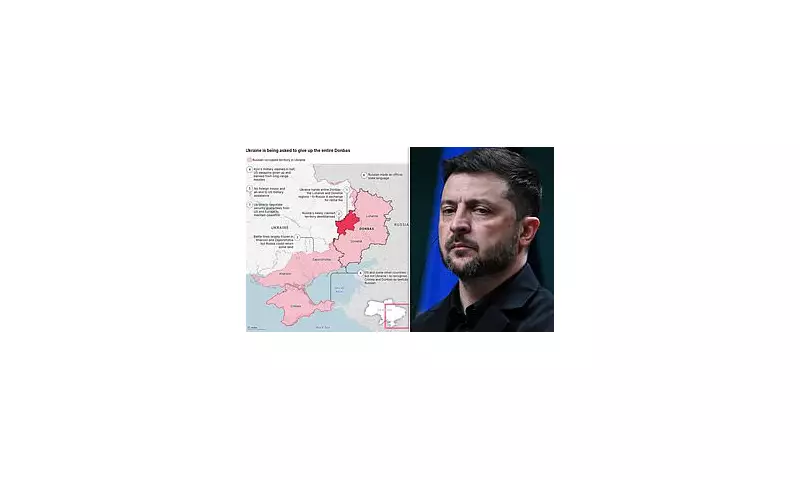
The proposed 28-point peace plan from Donald Trump's administration to end the war in Ukraine has caused shockwaves in Kyiv, with officials describing it as requiring near-total capitulation to Vladimir Putin's demands after almost four years of conflict.
Plan Details: Territorial Concessions and Military Restrictions
According to the draft proposal obtained by news agencies, Ukraine would be forced to surrender significant territory currently under its control while accepting severe restrictions on its military capabilities. The plan would require Kyiv to abandon its aspirations for NATO membership entirely, enshrining this prohibition in its constitution.
Under the proposed terms, Russia would retain all territories it currently occupies while gaining additional land presently controlled by Ukrainian forces. The Donetsk and Lugansk regions, along with Moscow-annexed Crimea, would be recognised as de facto Russian territory. Ukrainian forces would withdraw from the portion of Donetsk Oblast they currently control, despite maintaining authority over approximately 14.5% of the mineral-rich eastern Donbas region.
The Ukrainian military would face dramatic downsizing, with troop numbers reduced from over 900,000 to just 600,000 personnel. The country would also be prohibited from possessing long-range missiles capable of reaching Russian cities like St Petersburg or Moscow.
Political Pressure and International Reaction
Washington appears to be applying significant pressure on Kyiv to accept the framework, with sources indicating the US wants Ukraine to sign the agreement by next Thursday. The proposal includes threats to cease provision of intelligence and weapons should Ukraine refuse to cooperate.
European leaders have expressed strong reservations about the plan. French Foreign Minister Jean-Noel Barrot stated: "Ukrainians want peace - a just peace that respects everyone's sovereignty. But peace cannot be a capitulation." EU foreign policy chief Kaja Kallas emphasised that any workable plan requires Ukrainian and European involvement.
The proposal comes amid challenging circumstances for Ukraine, with Russian troops making incremental gains on the battlefield and President Zelensky facing domestic pressure following corruption scandals in the country's energy sector.
Economic Implications and Reconstruction
The economic aspects of the plan would see $100 billion of Russia's frozen funds directed toward US-led reconstruction efforts, with Europe contributing another $100 billion. The United States would receive 50% of profits from rebuilding projects.
Western sanctions on Russia would be lifted, and Moscow would be invited to rejoin the G8, from which it was expelled following the 2014 annexation of Crimea. The Russian economy would also benefit from a new long-term economic cooperation agreement with the US, including rare earth metal extraction projects in the Arctic.
President Zelensky has acknowledged receiving the American proposal and stated he would discuss it with Trump in the coming days. He has consistently maintained that Ukraine requires a "dignified peace" that preserves the country's sovereignty and territorial integrity.
As the Thanksgiving deadline approaches, diplomatic activity intensifies, with European allies scrambling to respond to a plan that multiple sources have described as "heavily tilted toward Vladimir Putin" and potentially unacceptable to Ukrainian leadership.





